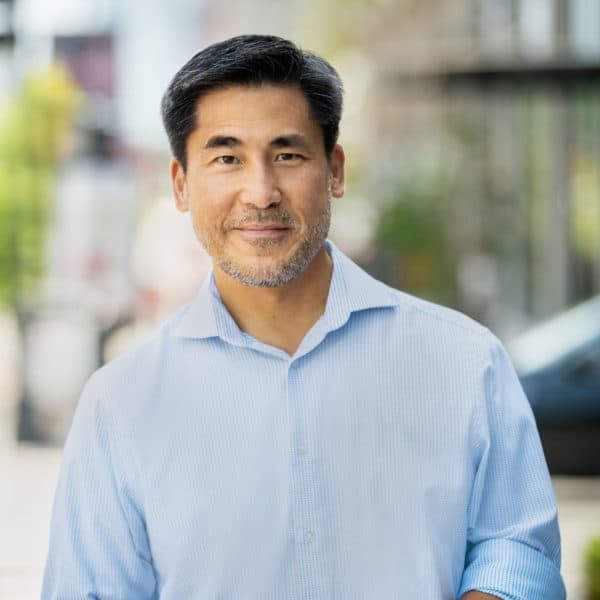Advertisement
How FDA layoffs may impact food safety

Layoffs at the Food and Drug Administration are expected to reduce the FDA's workforce by 20%.
Susan Mayne, former director of the Center for Food Safety and Applied Nutrition at the FDA, talks with Here & Now about the impact of these cuts.
4 questions with Susan Mayne
In 2018, nursing homes bought these frozen nutrition shakes later connected to multiple deaths. How does the center you used to run react to that to try to limit the harm?
“The center that I used to run is responsible for outbreak response for everything, all the foods that FDA regulates, which is really essentially 80% of the food supply.
“So in this case, as people were getting sick, typically the system would be that they would identify what the pathogen is that's making them sick, and they would sequence that pathogen to identify what pathogen they might share with other people and find out if this is in fact an outbreak. And once you know that you have a group of people who've all been sickened with the same genetic pathogen, then the next step is to identify what else do they have in common that might account for that illness.
“That's where FDA becomes critically involved, and that is trying to identify food sources that might have contributed [and] get those food sources off the market as quickly as possible. And in this case, as you indicated, it was a frozen shake that had been provided. The pathogen was listeria and ultimately I think about 11 people died as a consequence of that foodborne outbreak.”
Does the FDA deal with many outbreaks at the same time?
“It really depends how many outbreaks at a time. It can be four outbreaks. It can be 10 outbreaks. It can be 14 outbreaks they may be investigating at different stages all at the same time.”
Now with these job cuts that are coming to various departments in the food safety system, if we had another outbreak like these deadly frozen shakes at nursing homes, would those crises be worse the next time around?
“I think we're all very concerned of what we're seeing in terms of what has happened to the U.S. food safety system ... It's an ecosystem of different federal agencies working with state partnerships and international regulatory counterparts to assure the safety of food. And what we've seen is, as you know, large cuts at the federal level — not just at FDA, at their federal partners, [Centers for Disease Control and Prevention], [Environmental Protection Agency], [U.S. Department of Agriculture] are coming. We've also seen a contraction of funding at the states, and the states are critically important as part of that Integrated Food Safety System partnership.
“And then the last thing is that the food industry is under stresses right now, including as a consequence of some of the tariffs. Anytime the food industry has to shift supply chains to shift how they produce domestically to scale up production, we're always concerned that that can impact the food safety infrastructure that industry has in place. So I feel that there are just so many challenges to the U.S. food safety system that has been well-integrated and has been working well as recently as a few weeks ago.”
Advertisement
How is the system working well?
“To protect consumers. And there have been independent evaluations of different country's food safety systems, and the U.S. has been ranked at the top globally in terms of our food safety system.
“And what that means is that we're looking at products coming across the borders. That means that we're inspecting facilities here and abroad. It's inspecting industry. It's working with industry, educating on how to most safely produce food. So many different steps have been taken in the U.S. to really protect food safety.
“It also means working with our regulatory counterparts, folks like EPA. When they identified PFAS in water, FDA was asked to look at, well, what about the food supply? We worked with EPA on that and now have a system in place to monitor the U.S. food supply better for PFAS and to recall foods if they have elevated levels of PFAS.”
This interview has been edited for clarity.
Gabrielle Healy produced and edited this interview for broadcast with Micaela Rodriguez. Allison Hagan adapted it for the web.
This segment aired on April 9, 2025.

